Digital Transformation, Business Software
Transforming Jira into a Strategic Decision Engine for Your Enterprise IT
Introduction to Jira as a Decision-Making Tool
Table of Contents
- 1 Introduction to Jira as a Decision-Making Tool
- 2 Understanding the Importance of Strategic Decision-Making
- 3 Integrating Data Sources into Jira
- 4 Leveraging Jira Reports and Dashboards for Insights
- 5 Automating Processes to Enhance Decision Making
- 6 Collaborative Decision-Making within Jira
- 7 Case Studies of Successful Jira Implementations
- 8 Future Trends in IT Decision-Making Tools
- 9 Conclusion: The Path Forward for Enterprises
Jira, developed by Atlassian, is widely recognized as a powerful project management tool primarily aimed at assisting teams in tracking issues and coordinating their workflows. Traditionally utilized in software development environments, its robust features have allowed organizations to plan, track, and release products effectively. While Jira’s primary functionalities center on issue tracking and project management, its capabilities extend far beyond these conventional applications. This evolution raises significant opportunities for organizations to harness its features for strategic decision-making.
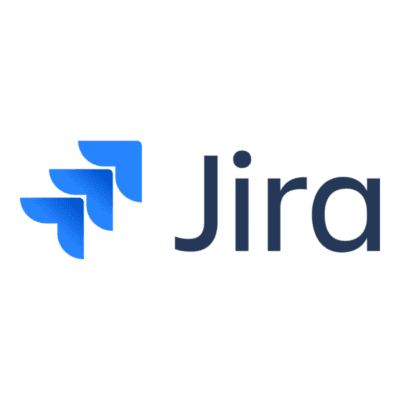 One of the essential attributes of Jira is its flexibility. Users can customize workflows, create tailored dashboards, and leverage various reporting tools to gain visibility into project performance. This adaptability allows decision-makers to derive insights from real-time data that would be vital for informed strategic planning. By aggregating and analyzing data across multiple projects, decision-makers can identify trends, monitor progress, and pinpoint areas requiring intervention, thus transforming Jira into a valuable strategic decision engine in an enterprise IT landscape.
One of the essential attributes of Jira is its flexibility. Users can customize workflows, create tailored dashboards, and leverage various reporting tools to gain visibility into project performance. This adaptability allows decision-makers to derive insights from real-time data that would be vital for informed strategic planning. By aggregating and analyzing data across multiple projects, decision-makers can identify trends, monitor progress, and pinpoint areas requiring intervention, thus transforming Jira into a valuable strategic decision engine in an enterprise IT landscape.
Moreover, Jira facilitates collaboration across different departments, enabling cross-functional teams to communicate more efficiently. This collaborative nature assists in aligning goals and objectives, allowing stakeholders to contribute to the decision-making process actively. The integration of various plugins and third-party applications further enhances Jira’s utility, providing additional functionalities such as advanced analytics and forecasting tools that deepen its role in strategic planning.
As organizations continue to confront complex challenges and rapid technological changes, the need for effective decision-making tools becomes paramount. By leveraging the full spectrum of features offered by Jira, enterprises can not only streamline project management but also foster a more agile and responsive decision-making environment. This transformative approach positions Jira as an indispensable asset for any organization aiming to thrive in today’s competitive landscape.
Understanding the Importance of Strategic Decision-Making
Strategic decision-making is a critical function within any organization, particularly in the realm of Information Technology (IT). It involves the processes by which leaders evaluate various options and make choices that align with the organization’s long-term vision and objectives. In the context of enterprise IT, strategic decisions can impact everything from project prioritization to resource allocation and risk management. Effective decision-making requires comprehensive data analysis, foresight, and an understanding of both current trends and potential future developments.
However, enterprise IT teams often face significant challenges that can hinder their decision-making capabilities. One major challenge is the sheer volume of data generated daily; without adequate tools to manage, analyze, and interpret this information, decision-makers can quickly become overwhelmed. Furthermore, the diversity of platforms and systems across departments can lead to fragmented data silos, preventing a unified view of the organization’s strategic landscape. This lack of centralized information makes it difficult for IT leaders to develop a coherent strategy, resulting in potential misalignments and missed opportunities.
Utilizing a centralized tool like Jira can address these challenges by streamlining project management and facilitating data-driven insights. By harnessing the power of Jira, enterprise IT teams can have immediate access to real-time analytics that inform their strategic choices. This integrated approach enables teams to prioritize initiatives based on data-backed evaluations, assess potential risks, and execute plans with greater precision. Moreover, establishing a framework for strategic decision-making through a tool like Jira promotes accountability and transparency within teams, fostering a culture of informed decision-making throughout the organization.
Integrating Data Sources into Jira
Integrating various data sources into Jira is pivotal for organizations aiming to leverage comprehensive insights for informed decision-making. By aggregating relevant tools and applications such as Confluence, Bitbucket, and other third-party platforms, businesses can streamline their workflows and enhance data accessibility. This integration allows teams to create a unified repository of information, facilitating better analysis and more effective project management.
Confluence, as a collaboration tool, plays a significant role in documenting project requirements and updates. By linking Confluence pages directly to Jira issues, teams can ensure that the context and details surrounding tasks are readily available. This integration not only improves communication but also allows decision-makers to reference detailed documentation when evaluating progress and determining priorities. In turn, this enhances the strategic value of Jira as a decision engine.
Bitbucket, on the other hand, serves as a robust code repository management system. By integrating Bitbucket with Jira, organizations can facilitate more efficient tracking of code changes and deployments. Development teams can link commits, pull requests, and branches to Jira issues, ensuring that technical aspects of projects are as transparent and accessible as possible. This visibility is crucial in making well-informed decisions regarding timelines, resource allocation, and risk management.
In addition to these tools, organizations should consider incorporating third-party applications that can further enhance their data capabilities. Tools for analytics, reporting, and visualization can integrate with Jira to provide advanced data insights, allowing for more strategic planning and operational efficiency. As a result, integrating these diverse data sources transforms Jira into a comprehensive decision support system, enabling enterprises to navigate complexities with greater confidence and clarity.
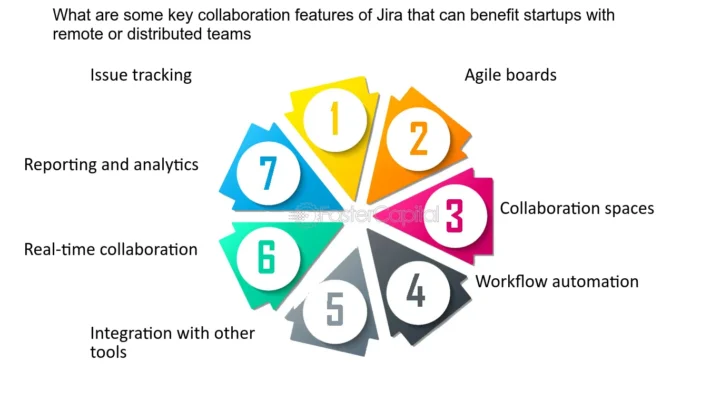
Leveraging Jira Reports and Dashboards for Insights
In the realm of enterprise IT, effective data visualization plays a critical role in strategic decision-making. Jira, as a robust project management tool, offers a variety of reports and dashboards designed to provide actionable insights into project performance and team productivity. These features enable organizations to track progress, identify bottlenecks, and make informed choices swiftly.
Jira provides several types of reports, including sprint reports, velocity charts, and control charts. Each report serves distinct purposes; for instance, sprint reports summarize the work completed in a particular sprint while velocity charts help teams gauge their productivity over time. Control charts, on the other hand, illustrate the flow of work, enabling teams to assess their capacity and performance effectively. By utilizing these reports, organizations can monitor their progress against established benchmarks, which is crucial for achieving strategic goals.
Moreover, the customization of dashboards in Jira allows teams to visualize critical metrics relevant to their specific needs. Users can set up dashboards to showcase key performance indicators (KPIs) such as lead time, cycle time, and bug resolution rates. By tailoring these dashboards, decision-makers gain immediate access to vital data points that inform their strategies. Regularly updating these dashboards ensures that the displayed information reflects the most current state of projects, thereby enhancing the decision-making process.
Additionally, Jira’s integration capabilities with business intelligence tools facilitate deeper analysis of the collected data. Organizations can leverage these integrations to create comprehensive reports, merging data from various sources. This holistic view empowers stakeholders to understand patterns and trends more effectively, highlighting areas for improvement and opportunities for growth.
Ultimately, by leveraging the reporting and dashboard functionalities in Jira, enterprises can transform raw data into strategic insights, driving informed decision-making across the organization.
Automating Processes to Enhance Decision Making
Automation plays a pivotal role in transforming Jira into a powerful tool for enhancing decision-making in enterprise IT. By leveraging automation to handle repetitive tasks and workflows, organizations can streamline operations, reduce human error, and allocate resources more strategically. The integration of automation within Jira allows teams to focus on critical business initiatives rather than getting bogged down in manual processes.
For instance, consider the automation of ticket management. By establishing rules within Jira that automatically assign tickets to appropriate team members based on skills or workload, organizations can ensure that tasks are addressed promptly. This not only improves response times but also elevates the overall efficiency of project management. Additionally, automated status updates can keep all stakeholders informed without requiring manual intervention, minimizing delays in decision-making.
Another effective application of automation is found in reporting. Automated generation of reports and dashboards that visualize key metrics allows team leaders to access critical data at a glance. These insights support swift decision-making by providing a clear understanding of project health, resource allocation, and potential bottlenecks. When stakeholders have easy access to real-time data through automated systems, they can make better-informed decisions that align with organizational objectives.
Furthermore, automating compliance checks within workflows ensures that necessary processes are consistently followed, mitigating risks associated with oversight. Such automation can be programmed to trigger alerts for any deviations or failures, enabling teams to address issues proactively. As these automated workflows and checks run seamlessly, the decision-making framework within the organization becomes more resilient and data-driven.
In conclusion, the implementation of automation in Jira not only enhances operational efficiency but also fosters a culture of informed decision-making. By reducing the burden of routine tasks, teams can concentrate their efforts on strategic initiatives, ultimately leading to a more agile and responsive enterprise IT environment.
Collaborative Decision-Making within Jira
Jira is widely recognized as a powerful tool for project management, but its capabilities extend well beyond task tracking. One of the key features that enhances collaborative decision-making within teams is the use of comments and @mentions. These functionalities allow team members to engage in meaningful discussions directly within the context of specific tasks or projects. This ensures that important insights and diverse perspectives are harnessed, fostering a culture of collaborative decision-making.
The comment system in Jira provides an efficient means for team members to express their views and provide feedback on ongoing tasks. For example, when a decision point arises, team members can leave their thoughts in the comments section, which enables all relevant stakeholders to review and respond in a timely manner. This transparency is crucial as it not only helps in keeping everyone informed but also encourages a more democratic approach to decision-making.
In addition to comments, the @mention feature plays a pivotal role in facilitating direct communication. By tagging specific team members in comments or updates, users can ensure that the right individuals are alerted and involved in the conversation. This reduces the chances of critical information getting overlooked and ensures accountability and active participation across diverse teams. Task assignments further streamline this process by designating clear responsibilities, thus allowing individuals to focus on what they are best suited for while contributing to collective outcomes.
The synergy created by these collaborative features within Jira significantly enhances the platform’s role as a strategic decision engine, enabling organizations to make well-informed choices that reflect the insights of various stakeholders. As a result, this collaborative framework not only improves decision quality but also strengthens team cohesion, ultimately driving more effective outcomes in enterprise IT initiatives.
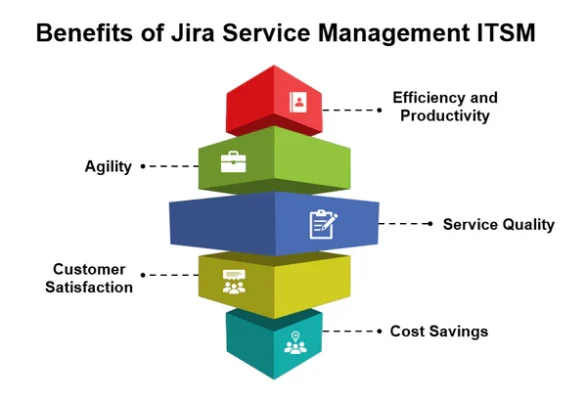
Case Studies of Successful Jira Implementations
Numerous enterprises have successfully leveraged Jira to enhance their strategic decision-making capabilities. One notable example is a leading global financial institution that faced challenges in project visibility and resource allocation. By implementing Jira, they established a centralized platform for tracking tasks and project progress. The institutional change encouraged cross-functional collaboration, allowing teams to align on strategic priorities. Consequently, project delivery times were reduced by 25%, illustrating the potential for Jira to operate as a valuable decision engine.
Another compelling case comes from a large retail chain that sought to improve its inventory management. The company integrated Jira with their existing inventory systems, enabling data-driven insights into stock levels and sales trends. Through this integration, decision-makers could visualize real-time inventory data, significantly reducing stock outages and overstocks. The company reported a 15% increase in overall inventory turnover, demonstrating that Jira not only supports project management but can also provide strategic insights in retail operations.
A technology firm looking to better manage its product development lifecycle faced significant hurdles in coordinating between product, design, and engineering teams. By adopting Jira, they created custom workflows that streamlined communication and progress tracking. The firm also faced initial resistance to change and had to conduct training sessions, emphasizing the importance of user buy-in for successful implementation. However, the effort paid off, as the time-to-market for new features improved by 30%, and overall team satisfaction increased. This illustrates that successfully transforming Jira into a decision-making engine necessitates not only technological adoption but cultural alignment as well.
These case studies exemplify how diverse organizations have transformed Jira into a strategic tool. Through careful planning, integration, and effective change management, enterprises have not only overcome challenges but also leveraged Jira to achieve meaningful improvements in their operational strategies.
Future Trends in IT Decision-Making Tools
As enterprises navigate the complexities of modern digital landscapes, the tools utilized for strategic decision-making are evolving rapidly. The integration of advanced technologies such as artificial intelligence (AI) and machine learning (ML) into platforms like Jira is poised to redefine how IT teams approach decision-making processes. With these innovations, organizations can expect to see enhanced data analytics capabilities that allow for more informed choices based on real-time insights.
AI-driven tools within Jira will likely provide automated recommendations for project management and prioritization, enabling teams to focus on high-impact tasks. As data accumulates, machine learning algorithms can analyze patterns and predict outcomes, facilitating proactive decision-making rather than reactive responses. This integration not only streamlines workflows but also enhances collaboration among stakeholders, as decision-making becomes more transparent and data-driven.
Another anticipated trend is the increasing emphasis on user experience. Organizations will seek out decision-making tools that are not only powerful but also intuitive and easy to use. As a result, future iterations of Jira may incorporate user-friendly interfaces, enabling team members to navigate complex data effortlessly. This shift will become vital as businesses strive to empower all employees to participate in the decision-making process, democratizing access to information and fostering a culture of collaboration.
Moreover, as enterprises adopt hybrid and remote working models, the need for integrated decision-making tools that can function across varied environments becomes paramount. Collaborative features that facilitate real-time feedback will be essential in aligning teams and ensuring consistency in decision frameworks. The evolution of Jira and similar platforms will be instrumental in adapting to these shifts, thus further solidifying their role as critical instruments in the IT decision-making landscape.
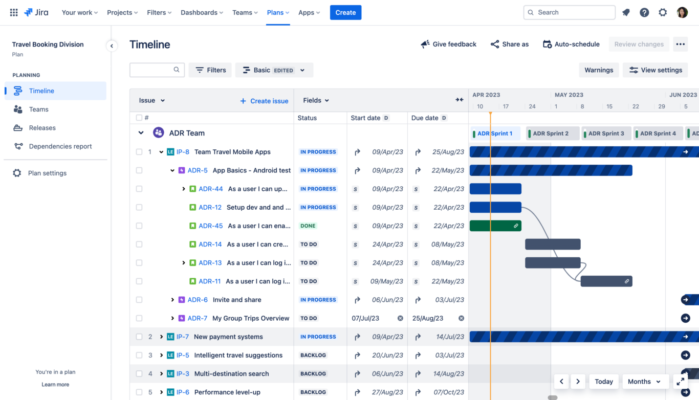
Conclusion: The Path Forward for Enterprises
In the ever-evolving landscape of enterprise IT, the ability to transform existing tools into strategic assets is crucial. This blog has discussed how Jira can be leveraged not merely as a project management tool, but as a strategic decision engine that provides valuable insights for organizations. By utilizing Jira effectively, businesses can improve their decision-making processes and enhance collaboration across teams.
To harness the full potential of Jira, IT leaders must take several actionable steps. First, aligning Jira with the organization’s goals is essential. This alignment ensures that the workflows and configurations within Jira mirror the strategic objectives of the enterprise. Furthermore, it is vital to customize dashboards and reports to convert data into meaningful insights that can guide high-level decisions.
Moreover, continuous training and development for team members can significantly enhance productivity and usability of Jira. By fostering a culture of learning, organizations can not only boost employee engagement but also ensure that staff are adept in the latest features and functionalities of Jira. This equips teams with the capability to effectively utilize the platform as a decision-making tool.
Additionally, integrating Jira with other enterprise tools can provide a more holistic view of operations, allowing for better data synthesis and analysis. The synergy between different systems will further refine the decision-making process, providing IT leaders with comprehensive insights that drive business success. By advancing these practices and steadily evolving how Jira is utilized, organizations can position themselves for growth, adaptability, and strategic leadership in their respective sectors.
Overall, the journey to transforming Jira into a strategic decision engine requires commitment and foresight from IT leaders. By embracing these strategies, organizations can unlock significant potential, turning Jira into an indispensable asset that supports informed decision-making and drives enterprise performance.



























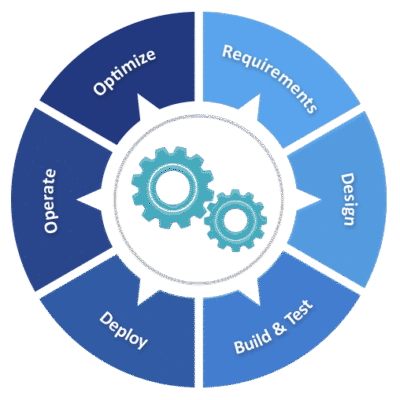


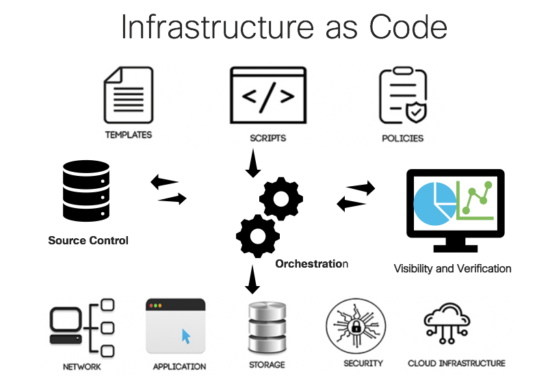
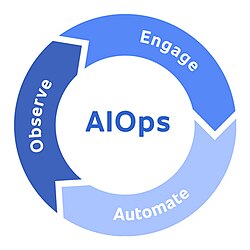

























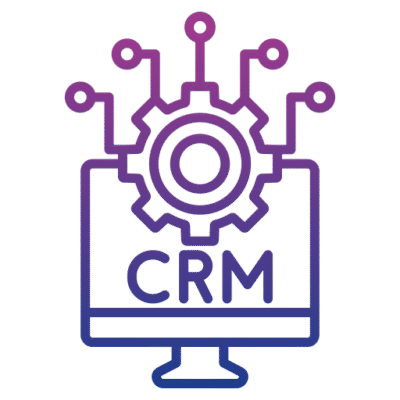





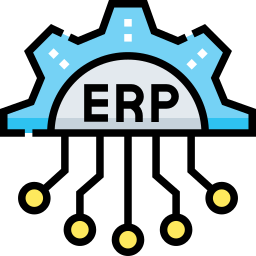


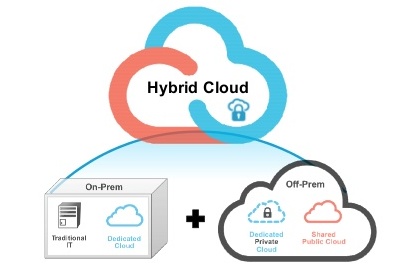














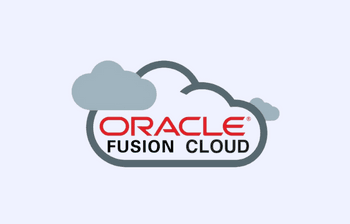












Thanks for reading! Stay curious, keep exploring.